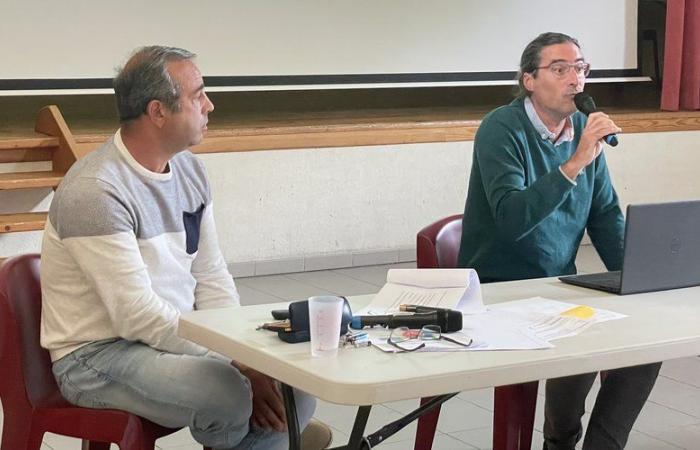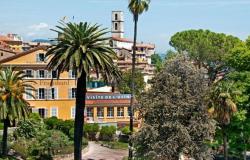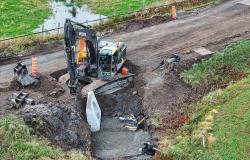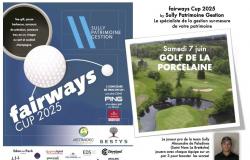With the approach of the possible transfer of water and sanitation competence, the municipality organized a public meeting to inform the inhabitants of the challenges and possible options.
If it is a hot topic in the municipalities, it is water and sanitation skill that is at the heart of the reflections of certain municipal councils. This transfer, established by the Notre law in 2015, was softened by the Prime Minister at the time Michel Barnier in October 2024, before a final adoption in early April 2025 by the Parliament. Municipalities have not yet established this transfer can therefore decide to keep the competence or transfer it despite everything at the inter -municipal level. Faced with the deadline of January 1, 2026, the municipal councilors have already carried out various work meetings. Mayor Cédric Malric also wanted a public meeting to be carried out on “This very important subject that is consumer water”. It took place on Friday May 2, in the presence of Arnaud Rennesson, director of water and sanitation at the community of communes region of Lézignan Corbières and Minervois. At first, the first magistrate recalled the master plan on drinking water and sanitation, which ended two years ago. 85 % of the heart of the village was affected for a total of 1.7 million euros including tax invested over 10 years. The water yield has been improved to reach today, 70 %, which is a good result. “Fortunately, these efforts were made”, said the councilor, before recalling the supply of 280 cubic meters of water trucks, for € 9,000, without the water tower being fully filled during the last harvest. The differences in the municipality have not yet benefited from the rehabilitation of the networks. Cédric Malric indicated thate “If we keep the skill, water must pay the water” to ensure the budgetary balance of the M49 annex budget. Thus, from € 3.85 per cubic meter, he gave the amount of € 5.63 from 2026. The choice was made to add the deficit known in 2024 of 14,000 euros with the purchase of water and the numerous analyzes carried out (for 56 cents per cube meter on the 25,000 cubic meters consumed in 2024), as well as the fee for network € 1.02, and € 1.02 The equivalence of time spent by municipal water agents for 20 cents. The mayor thus indicated that he no longer wanted to activate the possibility offered to municipalities with less than 3,000 inhabitants to transfer part of the municipal budget to the annexed water budget. “This habit that we had to charge a water price which is not at its fair value will have to get lost, “he said.
For his part, the inter -municipal technician presented the transfer of competence. The first investments will be made for the municipalities already with a master plan. Pricing side, “The repercussions will be as progressive and the most soft as possible” To be incentive of a transfer, with a harmonization of water prices over 10 years, with a target between 4.50 and 5 euros in 2036 in the forecast.
In 2026, the price paid would be € 3.95 per cubic meter, the same price as in 2025 with the surplus of a 5.5 % VAT for the drinking water. Municipal agents would be made available before the structuring of a service of 20 full -time equivalents. A provisional investment plan was also presented for 30 million euros over 10 years as part of a transfer of the 54 municipalities of the CCRLCM. For 20 to 25 municipalities, which would be expected, the dedicated envelope would be around 13 million euros.
Finally, the public present was able to question the concept of solidarity or the role of the mayor with the gradual losses of skills. What will the municipality do? Answer on May 15 at the next municipal council.








